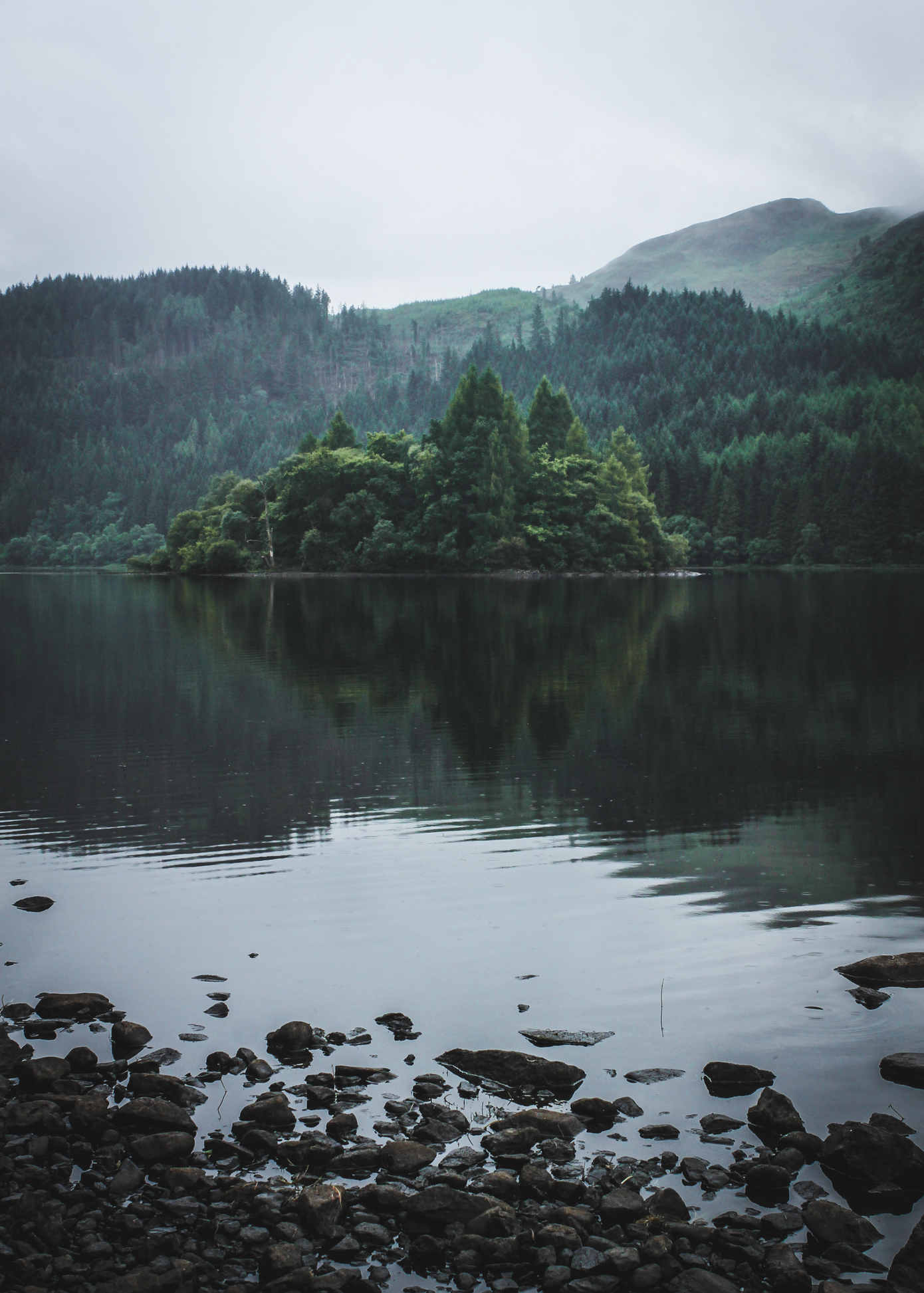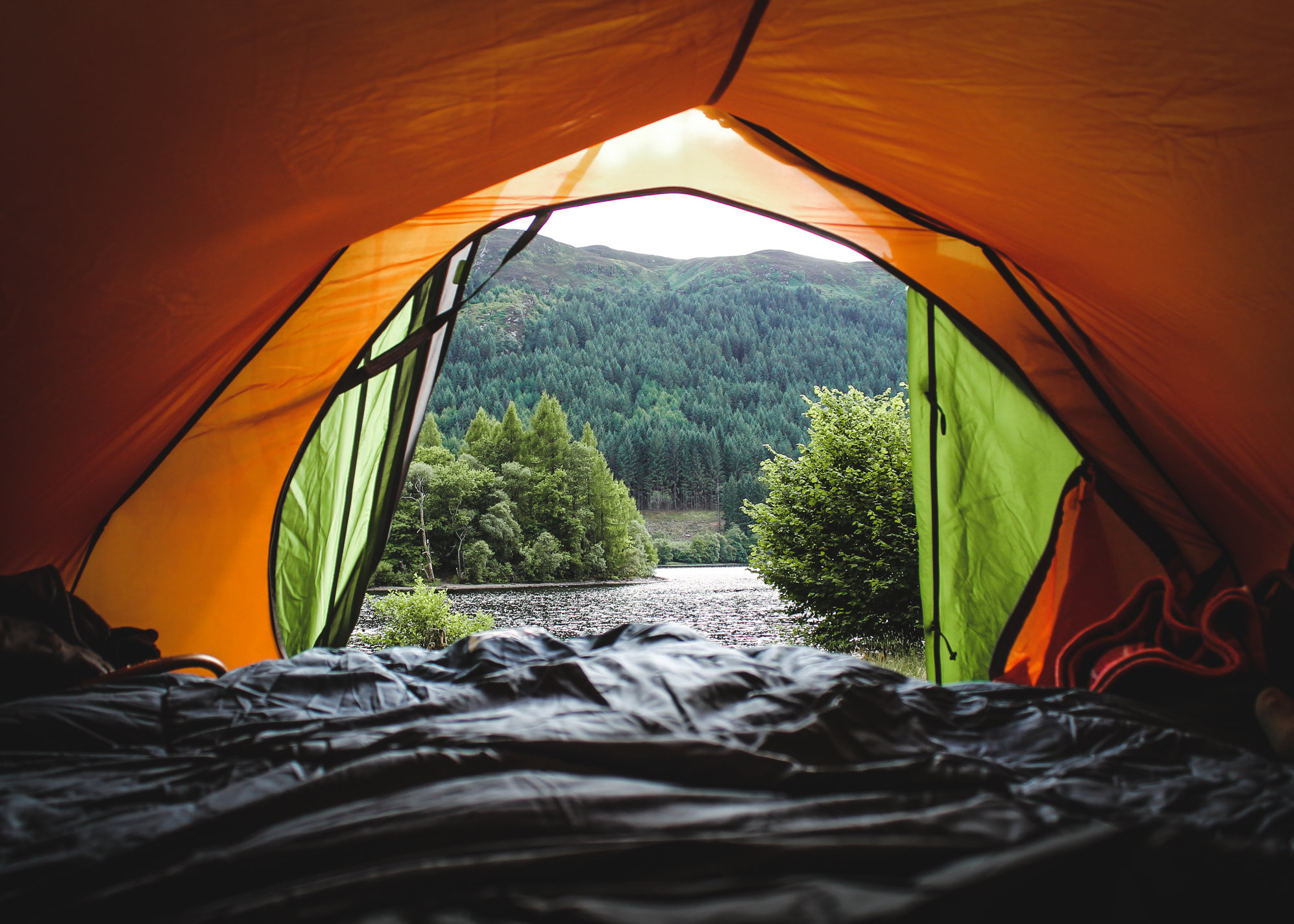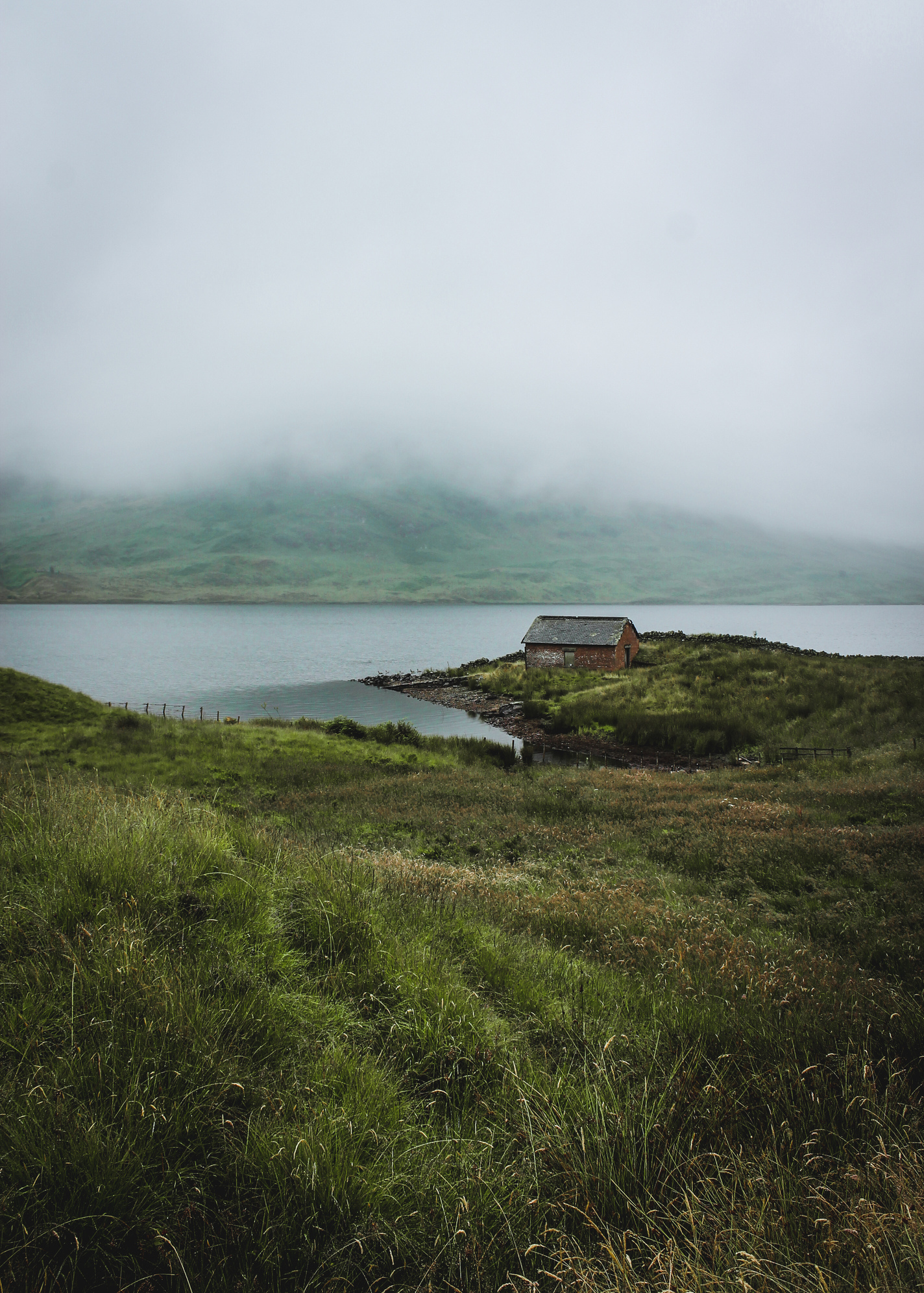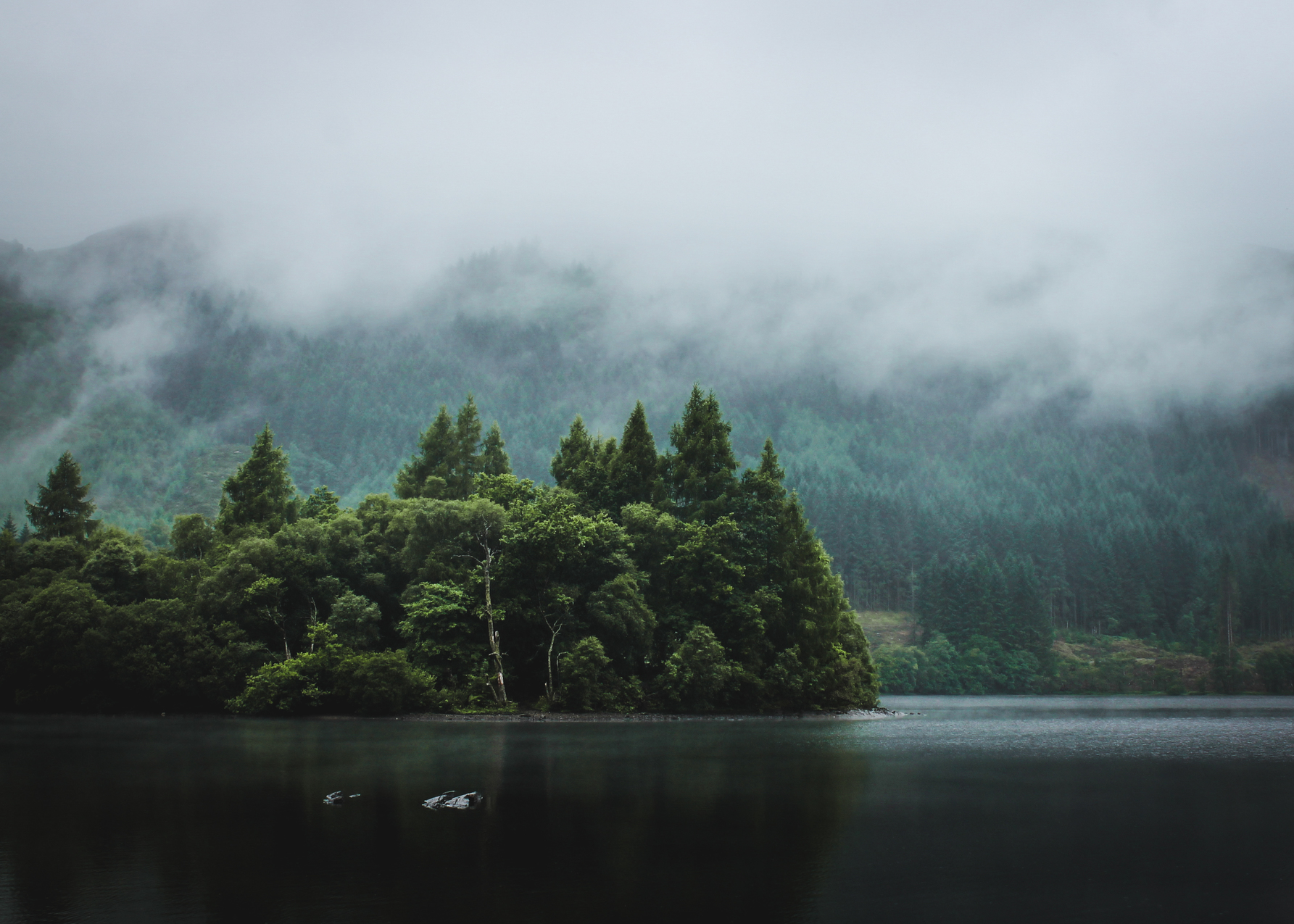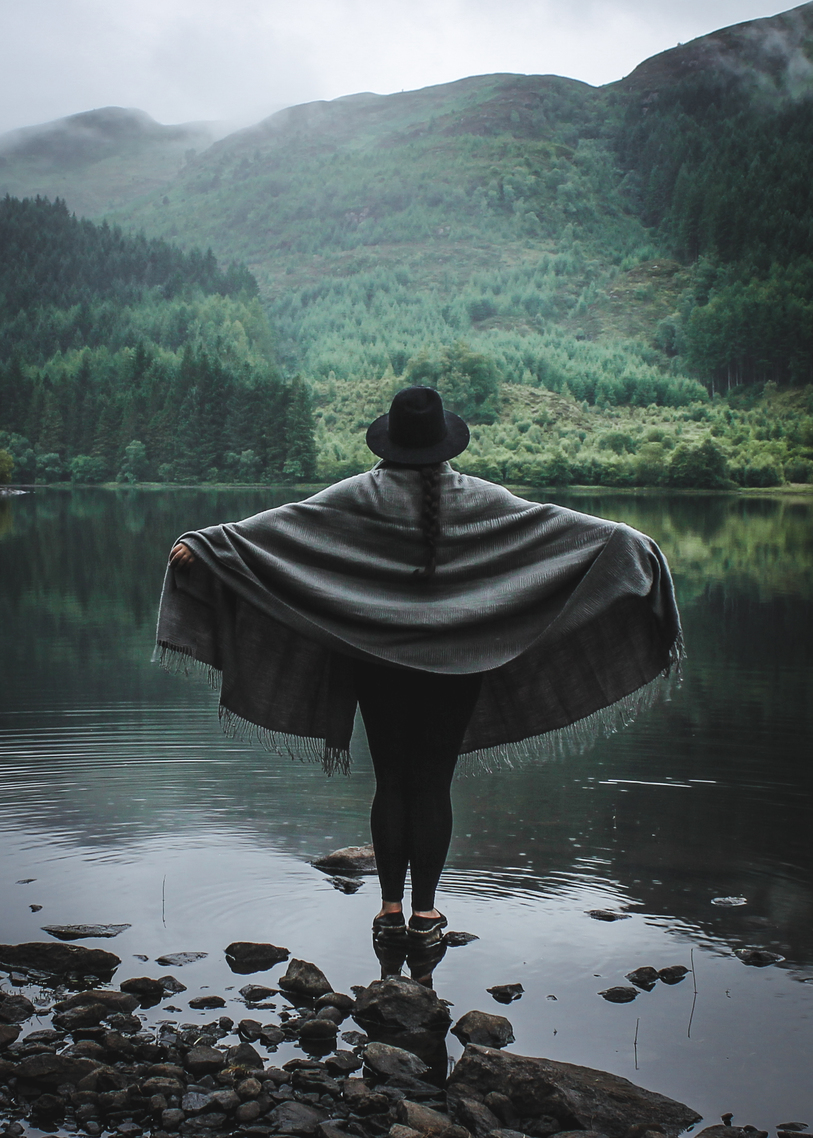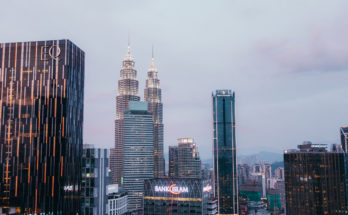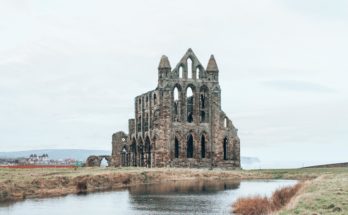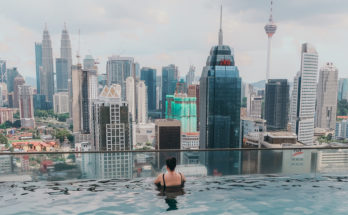Famous for its watery monsters, whisky, golf and unicorns, Scotland is one of the more mysterious countries I have been to. Covered in mountains, valleys, glens and lochs all sitting under near-constant misty clouds, Scotland is a (warmly dressed) photographer’s dream. On a recent trip to the south of Scotland I got to see for myself why over 14 million tourists have flock to this beautiful green country this year.
Nestled between lush green forests and misty hills, the Loch Lomond and Trossachs National Park was the first of its kind in Scotland and today welcomes over 4 million visitors each year. Only around 60 miles from Scotland’s capital, Edinburgh and less than 35 miles from Glasgow, the Loch Lomond and Trossachs National Park is less than an hours drive for over 50% of the Scottish population making it a popular holiday location for foreigners and locals alike. Covering an area of over 720 sq miles, the park plays host not only to tourists but also to a large number of fresh water lochs, forests and apparently, the world’s largest population of fairies.
If you are planning on visiting the Loch Lomond and Trossachs National Park, here is what you need to know:
Be wild and go camping
While it is legal to ‘wild camp’ in Scotland throughout the year, the park is affected by bylaws between March and September that prohibits wild camping in order to protect lochshores and some more vulnerable parts of the park popular with campers. However, with over 20 campsites, all with different levels of facilities from electricity hookups to nothing but a flattened pitch, there is more than enough camping options to choose from.
To keep the experience as wild a possible we opted for more informal camping at the park’s newest campsite on the gorgeous shores of Loch Chon. Framed by woodland, the campsite is small with 26 tent-only pitches and from personal experience I can highly recommend booking far enough in advance to secure Site 24. Sitting on a small clearing right on the lochshore, the site has a small private beach offering the best views over the loch and surrounding hills. With only basic facilities, the campsite has composting toilets and fresh water, but no electricity, warm water or ablution facilities. Taking a refreshing dip in the cold loch at bath time was arguably the highlight of my trip.
Costing only £7 per person per night and allowing a maximum of 3 nights per stay, the campsite is very affordable and offers the true wild camping experience with an added bit of comfort.
Wear your walking shoes
With short to moderate or long distance walking routes, hill walking or guided group walks, making your walking shoes work is an absolute must. From exploring woodlands to offering some of the most breathtaking views in Scotland, the park has 24 officially marked routes with the most famous being the West Highland Way. Rated by National Geographic as one of the top 10 trails in the world, the West Highland Way treks over 96 miles from Glasgow to Fort William, cutting through the park on its way.
Pack your raincoat
Yes, it rains a lot. Expect and plan for the worst as Scotland is notorious for its bad weather. Even during the summer months you can expect rain on every second day. That said, seeing the green forests and hills covered in mist is one of the most beautiful things I have ever seen. Adding to the dramatic landscape, the ‘bad’ weather brings another element of mysteriousness to already gorgeous surroundings. On rainy days, take a drive along the scenic roads and make sure to drive the Three Lochs Forest Drive along the Duke’s Pass. Just over 7 miles, the one-way route passes along Lochan Reòidhte, Loch Drunkie and Loch Achray and costs only £2 per car. Be sure to keep your eyes pealed as the drive is perfect for spotting deer, woodland birds and the ever elusive red squirrel.
Find some local fairies
According to local legend, Loch Chon and the surrounding sheltered waters between Kinlochard and Inversnaid is home to a resident water spirit. The kelpie, a shape-shifting water spirit which presents itself as a horse but is able to adopt human form, lures its victims to the water’s edge, carries them as riders into the pool, river or loch’s depths, devours them and finally throws their remains back onto the shoreline. Scary, I know! Loch Chon is also known to be home to the world’s largest population of fairies. Whether it is true or simply a fable inspired by the enchanting atmosphere and astounding natural beauty that surrounds the loch, I cannot tell.
I can however confirm that if fairies in modern days present themselves as midges, I saw them in their millions. Should you visit the park during the summer months, go prepared with more than enough bug spray, long sleeved shirts and trousers or leggings and a mesh head and face net. There is nothing glamorous about wearing a grey veil over your head, but once you have donated half your blood supply to those pesky little things, being fashionable becomes the least of your worries.
Sit still and be quiet
How often do you get to hear absolutely nothing. Not a car, not a phone, not the neighbour’s tumble dryer humming from across the hall. Absolutely nothing. Although the national park gets busy, there is always a quite corner away from the tourists. I found the silence especially deafening at night, lying in our little tent on the shores of the loch. With no wind, the water and trees were completely silent and after the last woodland bird went to bed, it was like I had gone deaf. And that is the beauty of the Loch Lomond and Trossachs National Park. Calm, incredibly beautiful and silent is exactly what you expect walking the pebbly lochshores or between the mysterious dark trees.
Go check out my Instagram profile for more pictures of my trip the Loch Lomond and Trossachs National Park and as always, feel free to leave a comment.
Note: All the information in this article is correct at the date and time of publication. Before visiting the Loch Lomond and Trossachs National Park, please visit their website for more information by clicking here.



